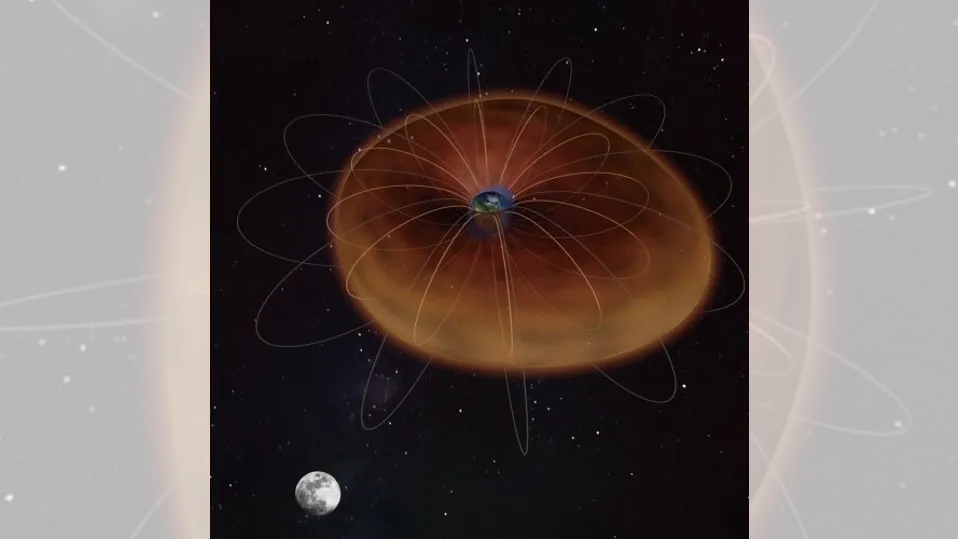News Desk

Many are celebrating Australia’s decision to pave the way for these psychedelic therapies, but questions around accessibility remain.
Image from: Pashminu (Wiki Commons)

The discovery of a Neolithic era settlement is helping shed new light on how people lived on the shores of Lough Foyle some 5,000 years ago.

The moon exerts a previously unknown tidal force on the “plasma ocean” surrounding Earth’s upper atmosphere, creating fluctuations that are similar to the tides in the oceans, a new study suggests.

New, sophisticated models combined recent improvements in demography and models of wayfinding based on geographic inference to show the scale of the challenges faced by the ancestors of Indigenous people making their mass migration across the supercontinent more than 60,000 years ago.

Scientists rattling normal frozen water around in a jar of ultracold steel balls have discovered a previously unknown form of ice, closer to liquid water than any other ice yet.

Paleontologist Matt Friedman was surprised to discover a remarkably detailed 319-million-year-old fish brain fossil while testing out micro-CT scans for a broader project.

Biological amino acids could have celestial or terrestrial roots. An experiment simulated their formation in deep space—but the mystery isn’t solved yet.
Image from: ESO (Wikki Commons)

A new study has uncovered a new thalattosuchian—an ancient ‘sister’ of modern-day crocodiles’ ancestors.

An ancient Egyptian mummy is the oldest covered with gold, but it’s not the oldest ancient Egyptian mummy on record….The oldest embalmed mummy in Egypt predates the pharaohs; the remains of a man who was placed in a fetal pose about 6,000 years ago.

Now, there’s more research to back up the Big Bang. Recently, researchers took a more careful look at the data and determined that the distant galaxies discovered by the James Webb Space Telescope are, indeed, perfectly compatible with our modern understanding of cosmology.

A newly discovered comet will make its closest approach to our planet on Wednesday.Astronomers say the object’s journey toward us took around 50,000 years.

Two ancient clay tablets discovered in Iraq and covered from top to bottom in cuneiform writing contain details of a “lost” Canaanite language that has remarkable similarities with ancient Hebrew.

A team of researchers affiliated with a host of institutions across Spain, working with one colleague from Portugal and another from Austria, has discovered a large number of animal skulls placed by Neanderthals in Spanish cave more than 40,000 years ago

Jupiter isn’t alone along its orbital path around the Sun. Two giant swarms of asteroids have been snared in the gravitational interaction between the gas giant and our star, leading and trailing Jupiter as it treads its cosmic measure.

Forged in magma and capable of producing the sharpest blades on Earth, obsidian is without a doubt one of the most badass materials ever imagined… The jet-black volcanic glass is also extremely delicate and dangerous to work with and was not mastered by humans until the latter part of the Stone Age… or so we thought.

An international team led by archaeologists at the University of Central Lancashire (UCLan) has discovered the earliest human remains ever found in northern Britain.








